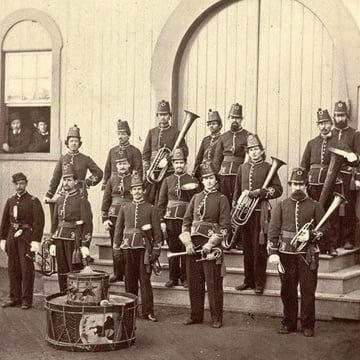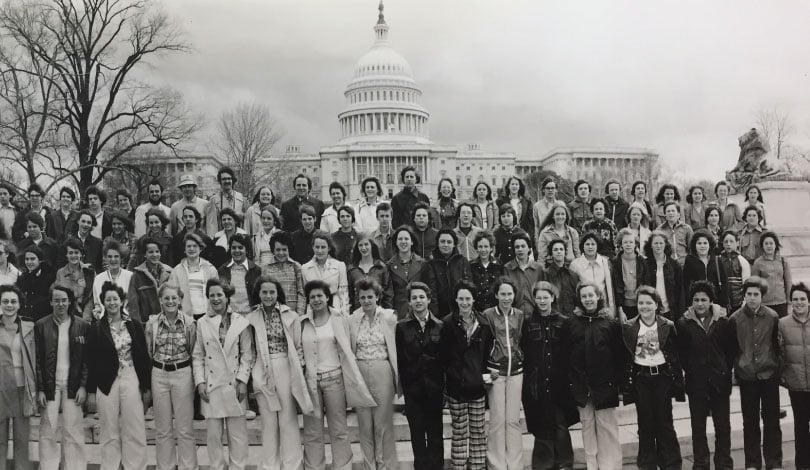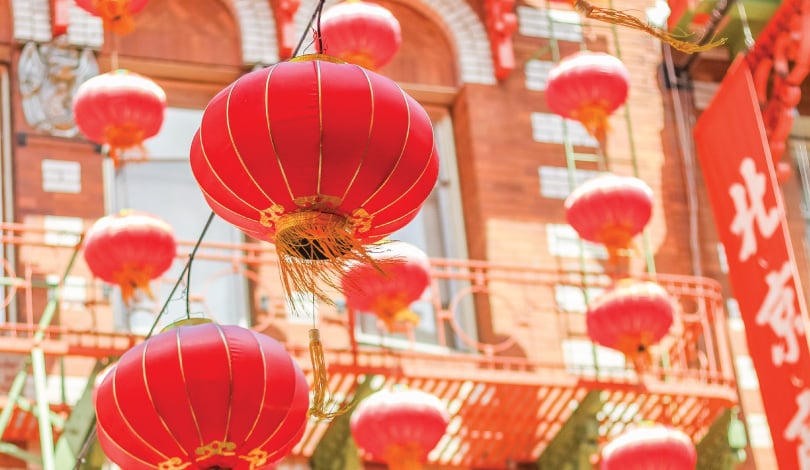When you watch marching bands perform at events such as the Outback Bowl, you probably enjoy seeing the elaborate uniforms bands choose and the ways they impact the performance. To celebrate the time and creativity directors put into band uniforms, take a look at their history from medieval times to the present.
Middle Ages
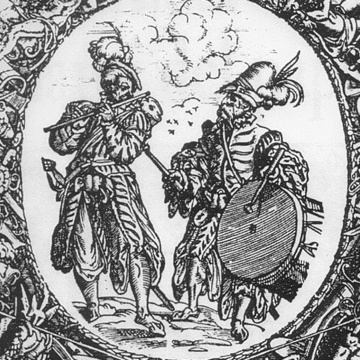
Photo Source: enterag.ch
The history of marching band uniforms begins with the inclusion of musicians in medieval armies. During the middle ages, groups of marching musicians joined feudal armies, where their music was used to direct troops on the battlefield and to maintain morale. Like the soldiers in these armies, musicians wore plumes from local birds, specific colors, and distinct motifs to show their loyalty to a lord. However, full uniforms were uncommon.
17th-19th Centuries
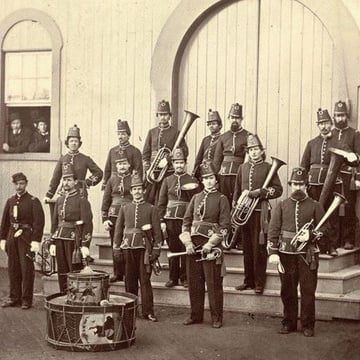
Photo Source: familysearch.org
National armies were the first to issue completely regulated uniforms for both soldiers and musicians. Many of these uniforms featured French design elements and ornamentation; hats, trims, buttons, and epaulettes were popular.
Designs for units within armies displayed minor differences that indicated rank and purpose, and bands were no exception. For example, during the American Civil War, band units wore baby blue and purple uniforms that distinguished them from the rest of the soldiers in order to avoid being shot.
1907-1960s

Photo Source: imgarcarde.com
Many universities had marching bands prior to 20th century, but the first halftime show featuring a marching band took place in 1907, when the Marching Illini took the field during a University of Illinois game. A new era began, and though uniforms retained many of their military influences, designs also included school colors and motifs.
1960s-Present Day
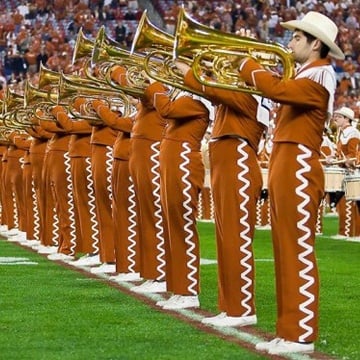
Photo Source: gameday.com
After the 1960s, uniform designs became more innovative. The heavy, wool fabrics of military uniforms were replaced with cotton/polyester blends for added comfort and movement.
Nowadays, bands express their group identity through uniforms. For example, the University of Texas Longhorn band dons cowboy hats and western-style jackets with fringe, and the Notre Dame Irish Guard wear plaid kilts. Many traditional show bands wear uniforms with military styles and school colors, while competitive bands tend to wear contemporary fashions based on the concept of the show in which they are performing.
The Future
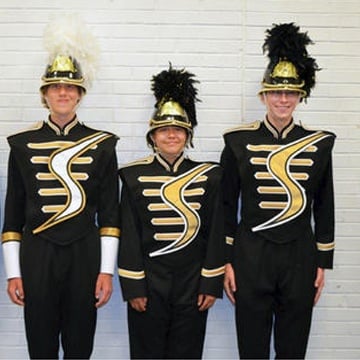
Photo Source: gameday.com
Traditional, military-style uniforms will always have their place, but drill designer and band director Aaron Stone believes that many uniforms will become more theatrical. He says that color guard costumes are leading the way as far as “going all out with the theme of the show...I truly believe that marching band uniforms will follow in this trend,” Stone states.
Want to show off your band's style in front of 65,000 fans?
